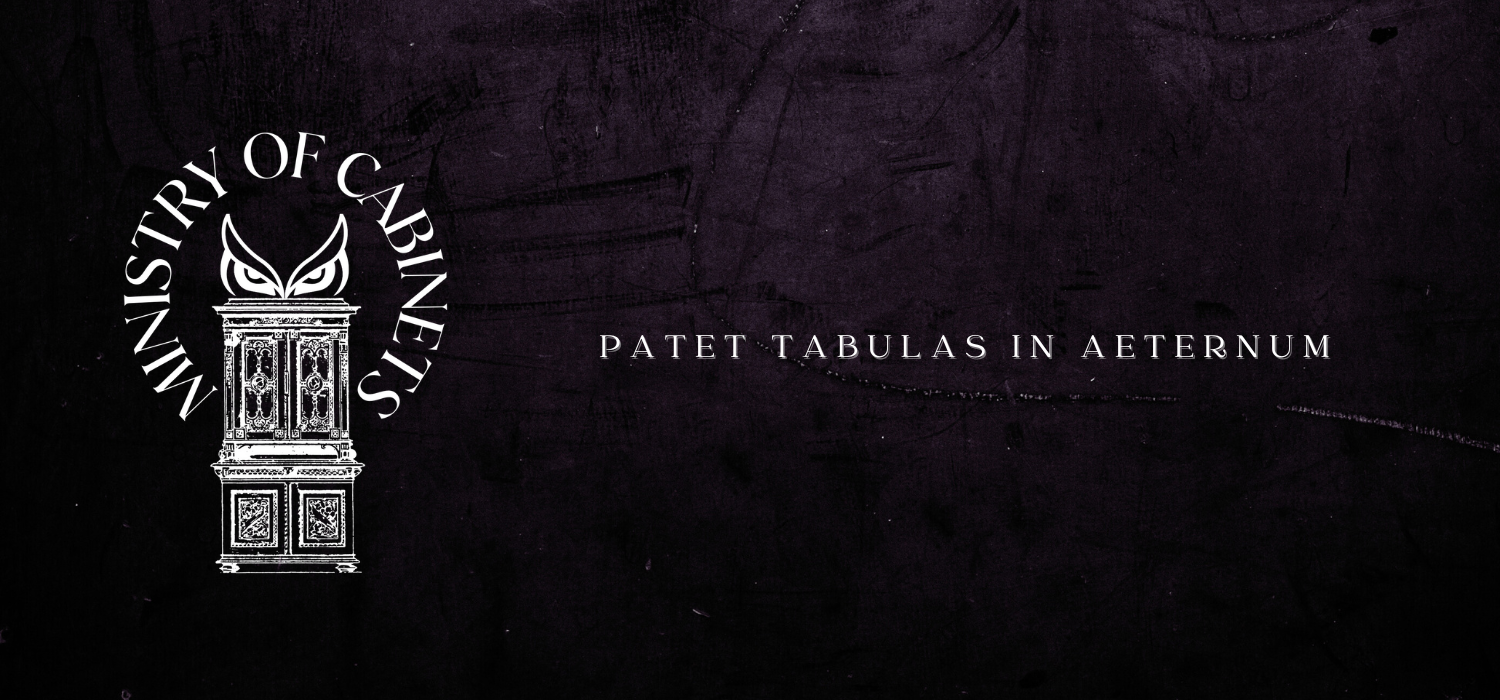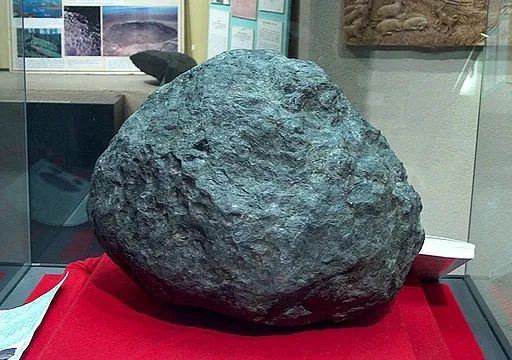The Ensisheim Meteorite
November 7, 1492 is when the Ensisheim meteorite fell just outside the town walls of Ensisheim in Alsace, now France. It’s the oldest meteorite fall with a recorded observation, and the oldest in Europe to have any material preserved.
The descending fireball was observed from as far away as 150 miles, and it created a small hole at its impact site only a few feet deep, with an explosion audible out to 100 miles. A 280-pound stone of ordinary chondrite and likely an arrival from our solar system’s main asteroid belt, it was ordered preserved for King Maximilian.
The stone was deemed a good omen from heaven, and the power of its shared observation made for incomparably effective propaganda for Maximilian in his campaign against France. After a victory against a much larger French force at the Battle of Senlis, word was spread of the meteorite’s power, further nudging Charles VIII of France into peace with the Seventeen Provinces.
A few short years later, Maximilian was proclaimed Holy Roman Emperor, the first ever to have been elevated without a papal coronation.


